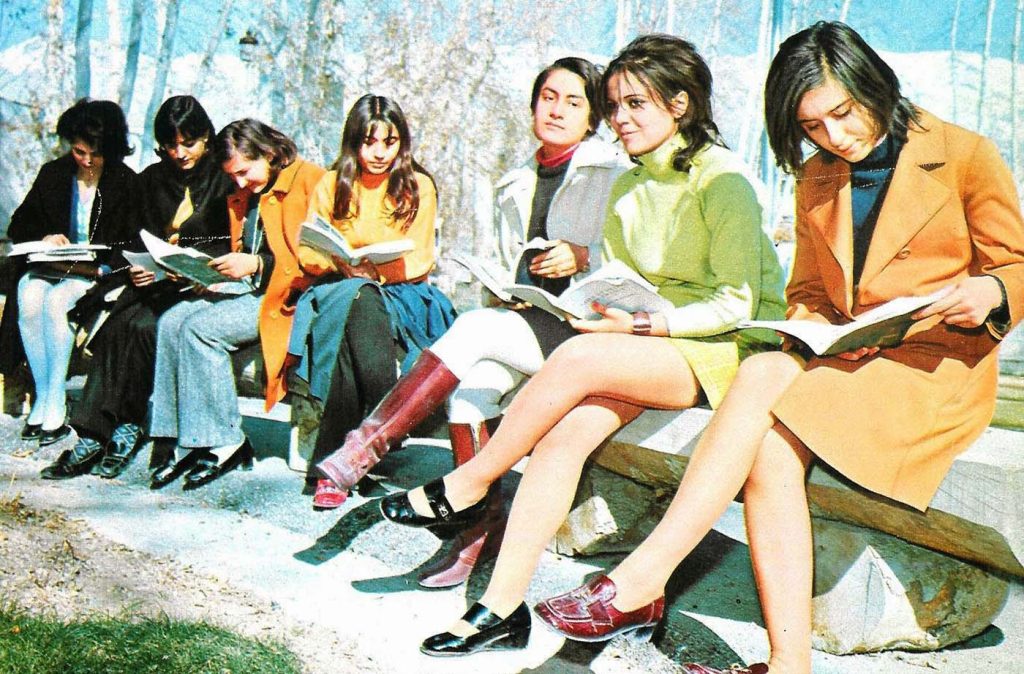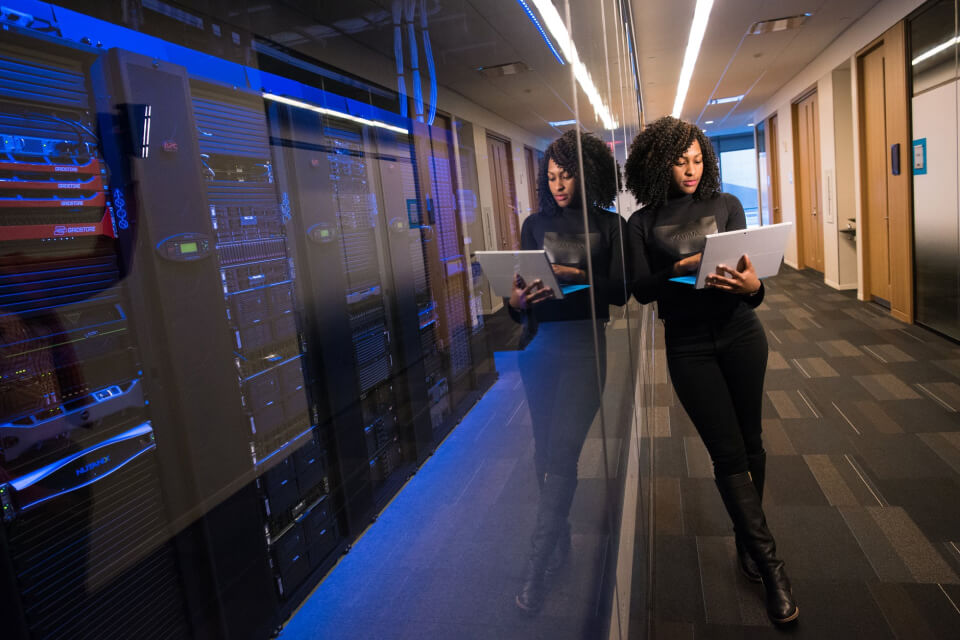Before the Islamic Revolution of 1979, Iran had a rich cultural heritage and a diverse society. This article delves into the different aspects of life in Iran before the revolution, including its political climate, social structure, education system, and cultural expressions.
Political Climate and Governance

In Iran before the Islamic Revolution, the political climate and governance were shaped by the rule of Shah Mohammad Reza Pahlavi and the Pahlavi dynasty. The monarchy provided stability and pursued a modernization agenda to transform Iran into a more Westernized and industrialized nation. However, this vision came at the cost of political repression and growing discontent among various segments of society.
Monarchy and Shah’s Rule

Under the Pahlavi dynasty, Iran was ruled by a constitutional monarchy with Shah Mohammad Reza Pahlavi at the helm. The Shah pursued a modernization agenda, aiming to transform Iran into a more Westernized and industrialized nation. However, this vision came with challenges and discontent among various segments of society.
Political Repression

While the monarchy provided stability and economic growth, it also resulted in political repression. Dissenting voices were suppressed, and the Shah’s secret police, known as SAVAK, played a significant role in curbing political opposition. This led to growing frustration among Iranians, particularly intellectuals, students, and religious groups.
Social Structure and Women’s Rights

Before the Islamic Revolution, Iranian society had a hierarchical structure deeply rooted in tradition. The upper class, including the royal family and influential elites, enjoyed privileges and held significant power. Meanwhile, the lower classes, primarily composed of peasants and rural communities, faced economic challenges and limited opportunities. Gender roles were strictly defined, with men as breadwinners and women primarily responsible for domestic duties. However, women gradually gained more rights and representation through the efforts of activists and reform movements.
Traditional Society

Iranian society before the revolution was deeply rooted in tradition and had a hierarchical structure. The upper class, including the royal family and influential elites, enjoyed privileges and held significant power. Meanwhile, the lower classes, mainly composed of peasants and rural communities, faced economic challenges and limited opportunities.
Women’s Roles and Rights

Gender roles were strictly defined, with men being the breadwinners and women primarily responsible for domestic duties. While some women pursued education and careers, societal expectations limited their opportunities. However, women gradually gained more rights and representation, thanks to the efforts of activists and reform movements.
Education System and Intellectual Life

During the pre-revolution era, Iran witnessed significant advancements in its education system. The government invested in establishing schools and universities, aiming to increase literacy rates and foster a more educated population. Modern education infrastructure, improved curriculum, and increased access provided opportunities for many Iranians to pursue higher education. Alongside the education system, a vibrant intellectual scene emerged, with writers, poets, and philosophers contributing to the country’s cultural fabric. Intellectual movements and literary works played a crucial role in questioning the social and political status quo, inspiring debates and challenging conventional norms.
Modern Education

The Pahlavi era witnessed significant advancements in education. The government invested in establishing schools and universities, aiming to increase literacy rates and foster a more educated population. The education system saw improvements in infrastructure, curriculum, and access, creating opportunities for many Iranians to pursue higher education.
Intellectual Movements

Iran experienced a vibrant intellectual scene before the revolution, with writers, poets, and philosophers contributing to the country’s cultural fabric. Intellectual movements and literary works played a crucial role in questioning the social and political status quo, inspiring debates and challenging conventional norms.
Cultural Expressions and Entertainment

Iran’s rich cultural heritage was evident in its expressions of art, music, and literature. The country’s architecture showcased its ancient Persian traditions, while contemporary artistic forms flourished. Iranian cinema, renowned globally, produced thought-provoking films that explored various themes, reflecting the country’s creativity and talent. Social gatherings and festivities brought together Iranians from all walks of life, where traditional music and dance performances fostered a sense of community and shared cultural identity.
Rich Cultural Heritage

Iran’s rich cultural heritage was evident in its architecture, art, music, and literature. Ancient Persian traditions, such as poetry and calligraphy, thrived alongside contemporary forms of artistic expression. Iranian cinema, renowned globally, produced thought-provoking films that explored various themes, showcasing the country’s creativity and talent.
Social Gatherings and Festivities

Iranians engaged in vibrant social gatherings, where friends and families came together to celebrate occasions and enjoy each other’s company. Traditional music and dance performances accompanied these festivities, contributing to a sense of community and shared cultural identity.
Conclusion
Life in Iran before the Islamic Revolution was characterized by a complex interplay of political, social, and cultural factors. While the country experienced economic growth and modernization, dissent and political repression also prevailed. The revolution, sparked by a desire for change and justice, led to a transformation of Iranian society, reshaping its political landscape and cultural expressions.



What a shame. Similar to Afghanistan. Iran’s once admired cultural intellect has been lost to barbarism! As a great Persian once quoted;
If instead of studying religion, men would have devoted to develop mathematics-algebra
If logic of science would have occupied the
place of Sufism ,faith and superstition.
Religion that divides human beings would have replaced by humanism
Omar Khayyam
Vous êtes dans le vrai et Oui quel gâchis c’était trop bien pour être dans la durée sera t’on un jour si tout cela n’était que manipulation pour installer un régime sanguinaire qui ne fait que grandir et comme un cancer détruit tout
Wonderful blog! I found it while surfing around on Yahoo News. Do you have any suggestions on how to get listed in Yahoo News? I’ve been trying for a while but I never seem to get there! Many thanks
Today, with all the fast life-style that everyone is having, credit cards get this amazing demand throughout the economy. Persons out of every area are using the credit card and people who aren’t using the card have prepared to apply for just one. Thanks for discussing your ideas in credit cards.
Great post right here. One thing I would like to say is most professional fields consider the Bachelor’s Degree like thejust like the entry level standard for an online education. Although Associate Qualifications are a great way to begin, completing a person’s Bachelors opens up many entrance doors to various employment goodies, there are numerous internet Bachelor Course Programs available through institutions like The University of Phoenix, Intercontinental University Online and Kaplan. Another concern is that many brick and mortar institutions give Online variants of their certifications but normally for a greatly higher fee than the companies that specialize in online education plans.
Wow, this article is mind-blowing! The author has done a phenomenal job of conveying the information in an compelling and enlightening manner. I can’t thank her enough for sharing such priceless insights that have certainly enhanced my understanding in this subject area. Hats off to her for creating such a gem!
Its such as you read my thoughts! You seem to know a lot about this, like you wrote the guide in it or something. I believe that you can do with some percent to pressure the message house a little bit, however other than that, that is great blog. A fantastic read. I will certainly be back.
Hello, I think your website might be having browser compatibility issues. When I look at your blog site in Chrome, it looks fine but when opening in Internet Explorer, it has some overlapping. I just wanted to give you a quick heads up! Other then that, wonderful blog!
As I site possessor I believe the content matter here is rattling wonderful , appreciate it for your efforts. You should keep it up forever! Best of luck.
I really believe that a property foreclosure can have a important effect on the applicant’s life. Property foreclosures can have a Several to ten years negative effects on a client’s credit report. Any borrower who’s applied for a home loan or just about any loans for example, knows that the worse credit rating will be, the more tricky it is for any decent bank loan. In addition, it may possibly affect the borrower’s chance to find a decent place to lease or hire, if that gets to be the alternative homes solution. Good blog post.
Hello there, You have done an excellent job. I will certainly digg it and personally recommend to my friends. I am sure they’ll be benefited from this website.